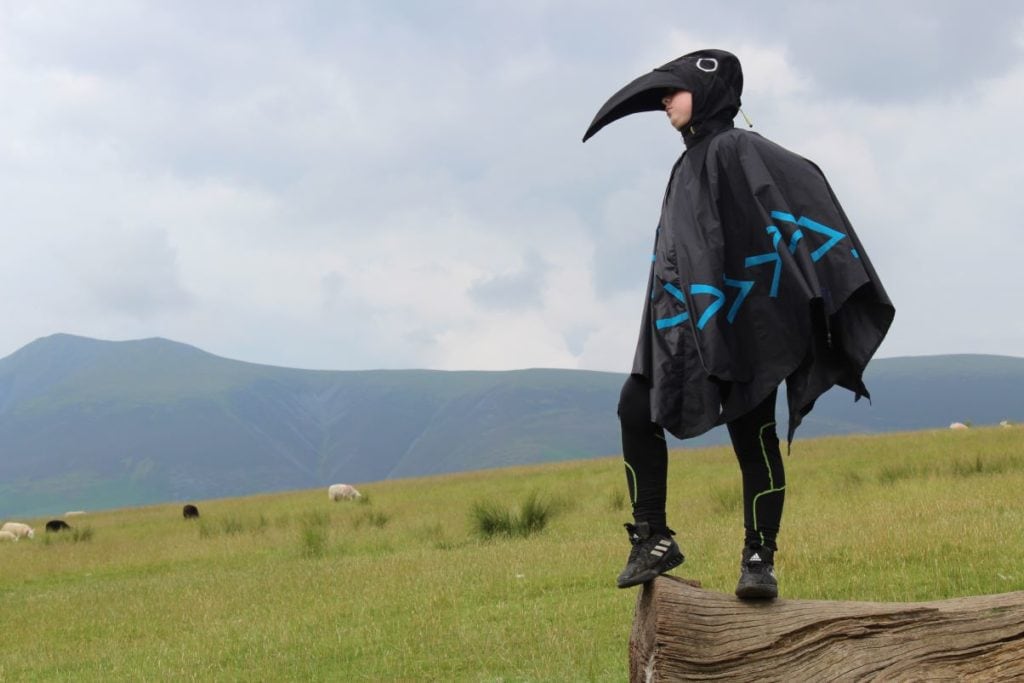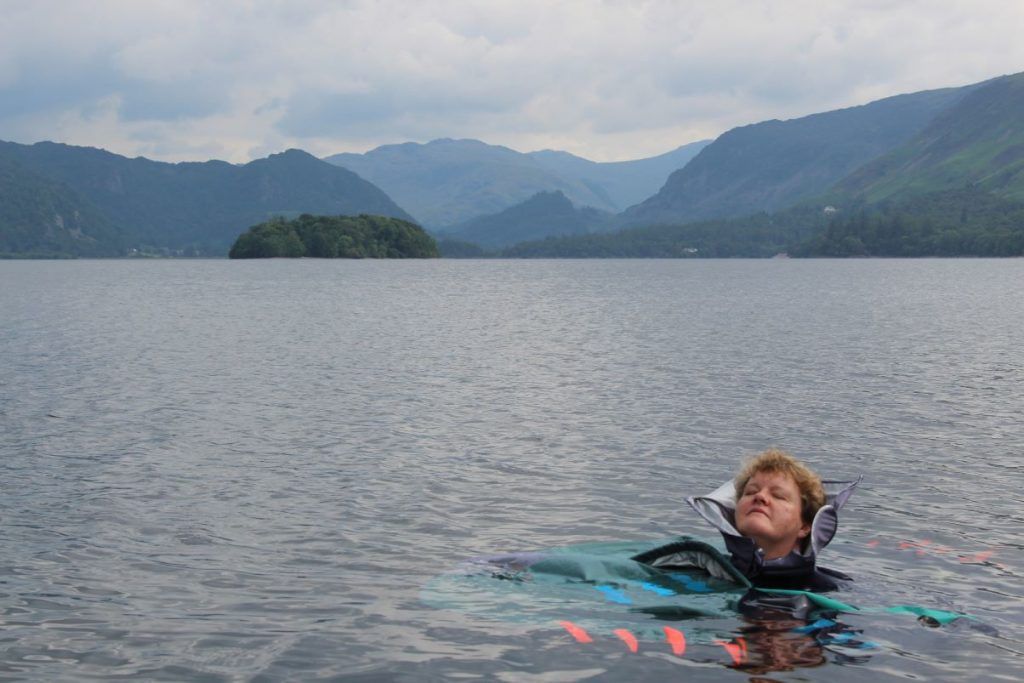
Rebecca Beinart’s short film Desire Lines launches this week, a culmination of a year-long programme of activity in partnership with National Trust at Crow Park.
The finale of the work can be seen in person as part of a new exhibition at Keswick Museum and Art Gallery from November 4 to December 6 or online.
The Desire Lines project has explored the connections humans have with the natural world, and how a relationship with a local green space can open up wider questions -including conservation, climate change, ecology and access.
These topics and themes are particularly relevant at the moment with the COP26 summit taking place in Glasgow.
Rebecca has worked with over 100 people in Keswick since January 2020 and during the COVID lockdowns ranging from pupils at St Herbert’s Primary School, to members of Sustainable Keswick, producing a rage of workshops, writing, podcasts, design and poetry and now culminating in a film which premiered at the Alhambra cinema in Keswick to a screening of participants in October.
The film features seven characters – played by community performers – who roam Crow Park, revealing aspects of the landscape from different perspectives. Garbed in unusual costumes that reference different entities – including weather, bird, and rock – the characters move through time and space, feeling out their relationship with each other and the land.
From tensions between characters, to interdependence; ancient fish to mineral extraction; the rise and fall of the lake to transformed landscapes; the film explores many-layered histories and imagined futures of Crow Park.
Throughout the development of the project, Rebecca has collaborated with a number of Cumbria-based artists and creatives, including film maker and sound artist R.L. Wilson, writer and artist Wallace Heim and costume designer Maggi Toner-Edgar.

Creative writing by community participants helped to form the film script, and the costumes were made from unwanted outdoor material donated by local people and companies, with help from Viri Sica and the repair shop at Alpkit Keswick.
Rebecca said: “Crow Park was once the site of an ancient oak woodland; when the trees were felled in the 18th century, a view across Derwentwater was opened up, and became both a focal point of the early conservation movement and a picturesque ‘Viewing Station’.
“The Desire Lines film explores how a familiar viewpoint can reveal different ways of experiencing place – including the more-than-human; and brings together research, design and creative writing from the project.
It’s been amazing to work with so many local people over the past 18 months – through the challenges of the pandemic – and to be able to share this collaborative creation.”
The project has been part of a programme of artist commissions across the north.
Jessie Binns, senior programming and partnerships officer at the National Trust, added: “It’s been such a humbling process seeing the outpouring of creativity from the people who live on the doorstep of Crow Park, which we’ve cared for on behalf of the nation since 1925.

“Listening to the voices of the people who live and work in the places we look after is so vital, and this project has also highlighted the importance of listening to the non-human voices too: in the film the weather, water, plants, birds, animals and insects – even the geology – get a starring role.”
The film will be shown as part of an installation of costumes and images from the project in the Community Gallery at Keswick Museum and Art Gallery from 4 November – 6 December.
The film will also be made available to watch online via the National Trust website https://nationaltrust.org.uk/desire-lines from today.
The Desire Lines project is part of Trust New Art, the National Trust’s programme of contemporary arts, supported with public funding by Arts Council England and produced with support from Arts and Heritage.








